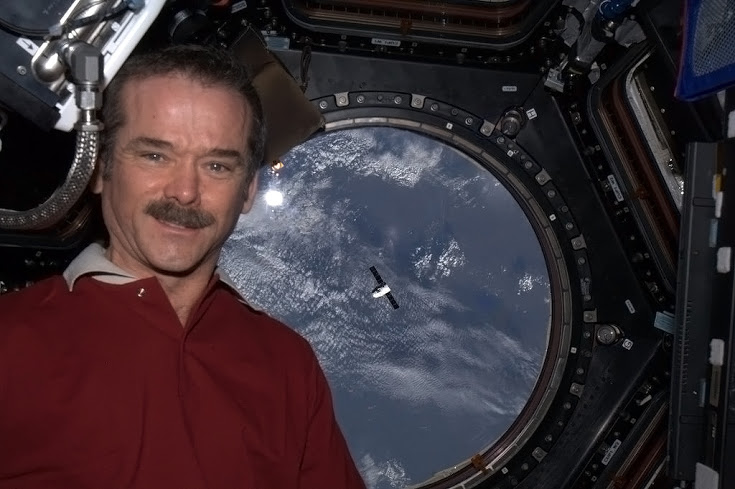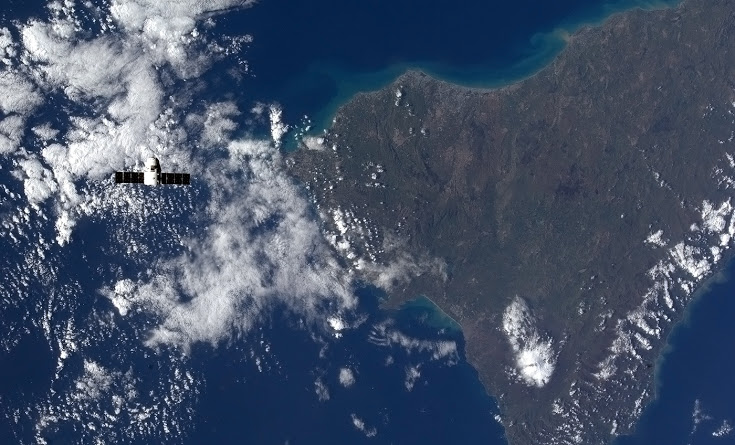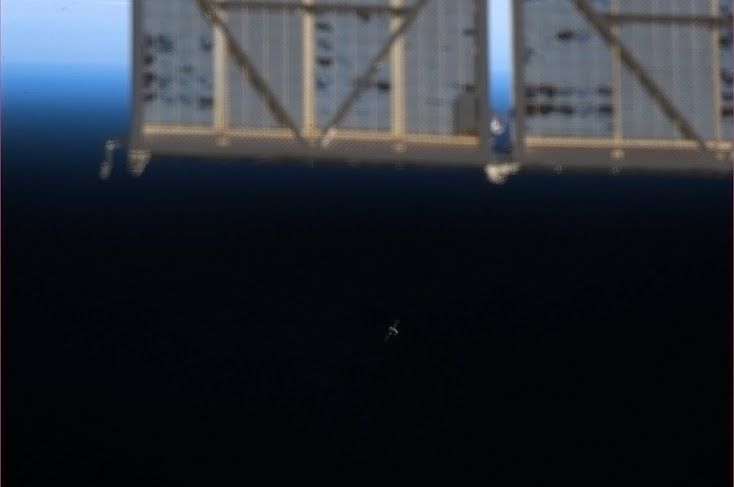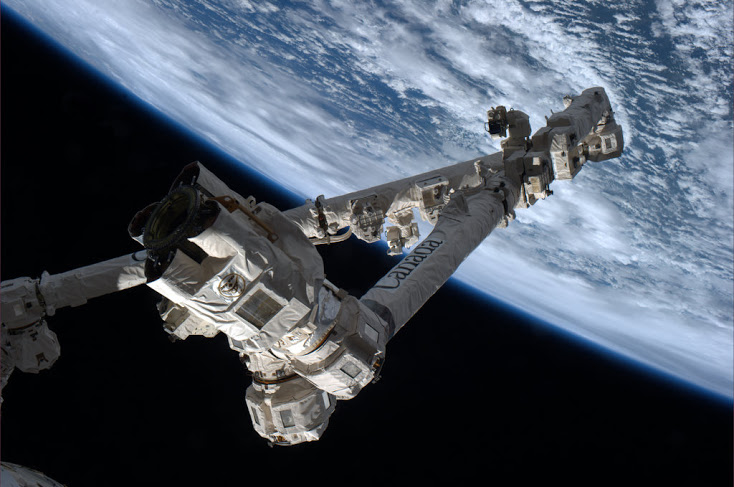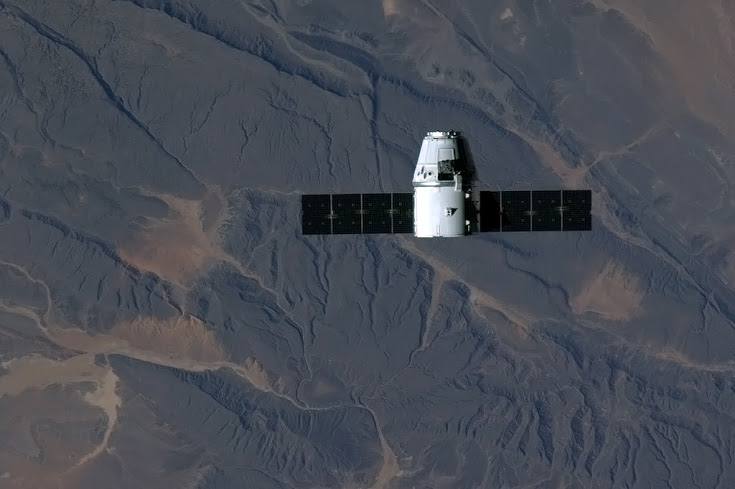Chilling with the Samsung Galaxy Tab 2 (10.1"), a great tablet with mobile wifi to boot.
Starbucks. Amtrak. Barnes & Noble. All of these place offer the promise of free WiFi so that customers can freely browse questionable internet sites at their leisure. However, what always happens? The signal is crappy! Too many people are on it! It's too slooowwwww.
One way to get around this is to carry around your own WiFi signal. Most cell phone and tablet devices such as the Apple iPad or the Samsung Galaxy Tab 2 (10.1") pictured above contain an option that allows the device to broadcast its own WiFi signal. Confusingly, this can be called different things - Apple calls it Personal Hotspot, Verizon calls it Mobile Hotspot, and Windows Phone calls it Internet Sharing.
This may be an additional charge to enable mobile WiFi - AT&T charges me an extra $20/mo for my iPhone to share a WiFi signal. The price is worth it when I'm stuck somewhere with a crappy WiFi signal and I need to get work done. However, it WILL eat up your battery and drive up your data usage and potentially cost even more, especially if you're connecting using your laptop and visiting data heavy sites such as YouTube and Netflix. I've definitely been hit up with a bill that was significantly higher than I was used to because I didn't watch my data consumption.
BrothaTech also has a great piece on mobile hotspots last year - check that out by clicking here.

